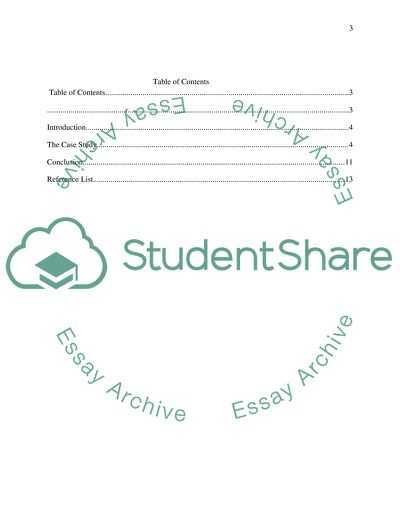Cite this document
(“Relationship Marketing Assignment Example | Topics and Well Written Essays - 2750 words”, n.d.)
Retrieved from https://studentshare.org/marketing/1489980-relationship-marketing
Retrieved from https://studentshare.org/marketing/1489980-relationship-marketing
(Relationship Marketing Assignment Example | Topics and Well Written Essays - 2750 Words)
https://studentshare.org/marketing/1489980-relationship-marketing.
https://studentshare.org/marketing/1489980-relationship-marketing.
“Relationship Marketing Assignment Example | Topics and Well Written Essays - 2750 Words”, n.d. https://studentshare.org/marketing/1489980-relationship-marketing.


